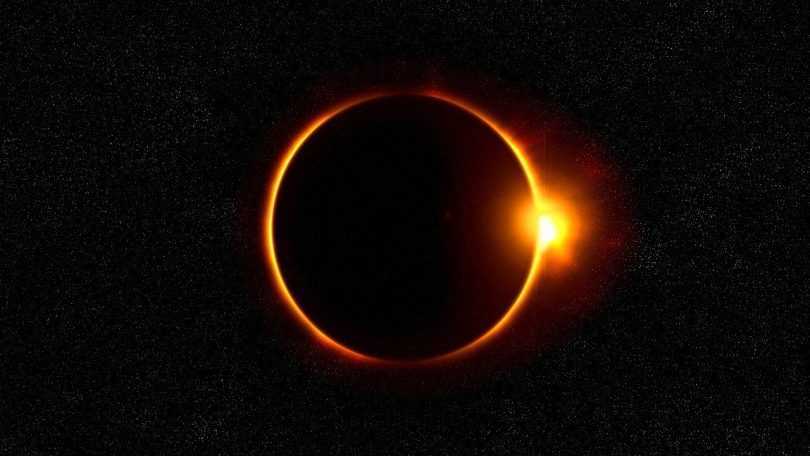Solar eclipse event occurs when Moon obstructs and comes between direct visibility path of earth. Solar Eclipse occurs once in eighteen months. 21st June Surya Grahan is a Annular Solar eclipse, where Moon is farthest from earth and will create a visibility of Ring of Fire. When the Moon covers only a part of Sun and its penumbra is with the Earth, it is called Partial Solar Eclipse. Whereas, Lunar eclipse occurs when earth comes in between direct visibility path of moon and sun, in turn obstructing light making moon darker. Lunar eclipse occurs after every 6 months.
Specials precautions including using special glasses are generally used to view solar eclipse. Gazing at Sun during solar eclipse can cause permanent damage to eyes. Sun ultra violet rays can damage the retina in eyes, cauing irreversible damange. Lunar eclipse can be viewed with naked eye and no precaution is needed. 20-21st June 2020 eclipse will be visible from countries including, Democratic Republic of the Congo, Central African Republic, South Sudan, Sudan, Ethiopia, the Red Sea, Yemen, Saudi Arabia, Oman, the Gulf of Oman, Pakistan, India, China, Taiwan, the Philippine Sea (south of Guam), northern Australia and the north Pacific Ocean.
Role of Umbra, Penumbra and Antumbra in Total and Partial Eclipse ?
Umbra is the shadow of the dark core which is obstructing the light source. It covers fewer distance but blocks complete visibility of light source. If a viewer is on path of Umbra, he or she would be able to see a total solar or lunar eclipse. Whereas, Penumbra covers more region but blocks light source partially, causing more regions in the world to see partial eclipses. Antumbra is the lighter part of Umbra, where Umbra ends. Antumbra is usually farthest from source and also causes partial eclipses to occur.


Leave a Comment